Case Studies
Toward the Digital Twin of the Ocean
Create a digital representation of ocean real-world entities and processes for the Mediterranean Sea
Lagrangian Connectivity and Fisheries Case Study
Impact of seascape connectivity on fish larvae and on population dynamics
Seascape, ecological connectivity is one of the most important processes that shape marine populations and ecosystems, determining their distribution, persistence, and productivity. Connectivity relies on dispersion of young larvae (or algal spores) by marine currents and it is at the base of the understanding of the evolution of marine resources. Moreover, linkage networks and connectivity are both crucial knowledge to integrate when designing effective fishery management strategies. In such a context 4DMED will exploit synergy of Lagrangian back-trajectories, ichthyoplanktonic data, and the 4DMED satellite-based products (i.e., marine currents and physical/biogeochemical tracers) to identify spawning areas of European anchovy and to assess ecosystem connectivity between spawning and recruiting regions in specific regions of the Mediterranean Sea.
The use of a Lagrangian modelling showed evidence on the role of oceanographic structures in connecting shelf areas from different Geographic Sub Areas (GAS) of the General Fisheries Commission for the Mediterranean, also quantifying inter-annual variabilities and preferential pathways. An advancement in assessing connectivity between spawning and recruiting areas is based on back-trajectory analysis. Ichthyoplanktonic datasets that refer to specific GSAs can be used to initialize the back-in-time simulation from in situ larval ages and geographical position; ages of larvae can be determined from otoliths measurements, providing reliable ending conditions for back-trajectories. To overcome problems related to a misidentification of the origin of a tracer due to the chaotic behaviour of trajectories we will evaluate water temperature and chlorophyll-a concentration encountered by each trajectory. This will assure that “age-zero” position will satisfy the environmental conditions that are required for larvae survival.
Outcomes of this approach will give support to a collaborative and harmonized use of Geographical Sub-Areas, currently identified by the General Fisheries Commission for the Mediterranean. It also confirms the need to incorporate climate and environmental variability effects into future marine resources management plans, strategies, and directives.

Left panel - Distribution of anchovy eggs in the Strait of Sicily, as obtained by the ichthyoplanktonic survey. The yellow arrow represents the climatologic path of the Atlantic Ionian Stream.
Right panel - 2009–2012 averaged probability distribution function (pdf) of chlorophyll-weighted spawning areas, as reconstructed from back-trajectories of anchovy larvae, collected within the GSA16. Numerical back-trajectories for each year were initialized from in situ eggs and larvae concentration and age data.
Adapted from Falcini et al., https://doi.org/10.1038/s41598-020-75680-8


